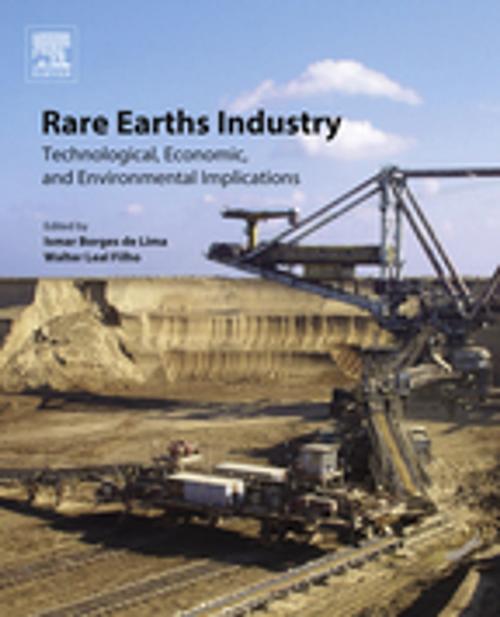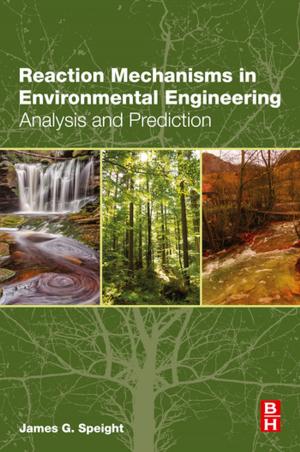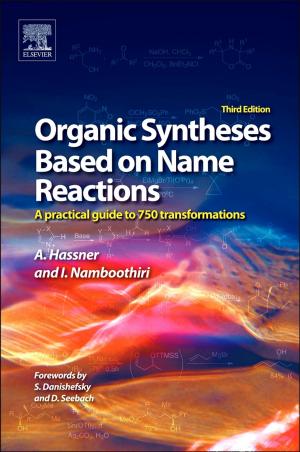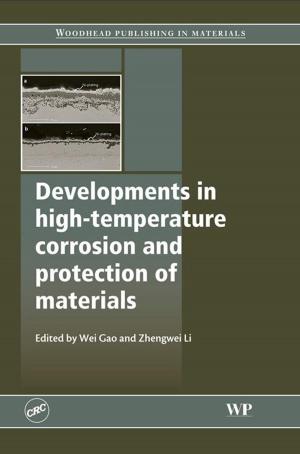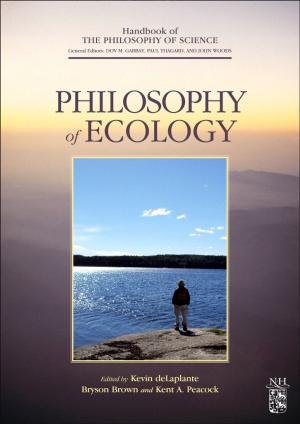Rare Earths Industry
Technological, Economic, and Environmental Implications
Nonfiction, Science & Nature, Science, Earth Sciences, Geology, Business & Finance, Industries & Professions, Industries| Author: | ISBN: | 9780128025680 | |
| Publisher: | Elsevier Science | Publication: | September 10, 2015 |
| Imprint: | Elsevier | Language: | English |
| Author: | |
| ISBN: | 9780128025680 |
| Publisher: | Elsevier Science |
| Publication: | September 10, 2015 |
| Imprint: | Elsevier |
| Language: | English |
Rare Earths elements are composed of 15 chemical elements in the periodic table. Scandium and yttrium have similar properties, with mineral assemblages, and are therefore referred alike in the literature. Although abundant in the planet surface, the Rare Earths are not found in concentrated forms, thus making them economically valued as they are so challenging to obtain.
Rare Earths Industry: Technological, Economic and Environmental Implications provides an interdisciplinary orientation to the topic of Rare Earths with a focus on technical, scientific, academic, economic, and environmental issues. Part I of book deals with the Rare Earths Reserves and Mining, Part II focuses on Rare Earths Processes and High-Tech Product Development, and Part III deals with Rare Earths Recycling Opportunities and Challenges. The chapters provide updated information and priceless analysis of the theme, and they seek to present the latest techniques, approaches, processes and technologies that can reduce the costs of compliance with environmental concerns in a way it is possible to anticipate and mitigate emerging problems.
- Discusses the influence of policy on Rare Earth Elements to help raise interest in developing strategies for management resource development and exploitation
- Global contributions will address solutions in countries that are high RE producers, including China, Brazil, Australia, and South China
- End of chapter critical summaries outline the technological, economic and environmental implications of rare earths reserves, exploration and market
- Provides a concise, but meaningful, geopolitical analysis of the current worldwide scenario and importance of rare earths exploration for governments, corporate groups, and local stakeholders
Rare Earths elements are composed of 15 chemical elements in the periodic table. Scandium and yttrium have similar properties, with mineral assemblages, and are therefore referred alike in the literature. Although abundant in the planet surface, the Rare Earths are not found in concentrated forms, thus making them economically valued as they are so challenging to obtain.
Rare Earths Industry: Technological, Economic and Environmental Implications provides an interdisciplinary orientation to the topic of Rare Earths with a focus on technical, scientific, academic, economic, and environmental issues. Part I of book deals with the Rare Earths Reserves and Mining, Part II focuses on Rare Earths Processes and High-Tech Product Development, and Part III deals with Rare Earths Recycling Opportunities and Challenges. The chapters provide updated information and priceless analysis of the theme, and they seek to present the latest techniques, approaches, processes and technologies that can reduce the costs of compliance with environmental concerns in a way it is possible to anticipate and mitigate emerging problems.
- Discusses the influence of policy on Rare Earth Elements to help raise interest in developing strategies for management resource development and exploitation
- Global contributions will address solutions in countries that are high RE producers, including China, Brazil, Australia, and South China
- End of chapter critical summaries outline the technological, economic and environmental implications of rare earths reserves, exploration and market
- Provides a concise, but meaningful, geopolitical analysis of the current worldwide scenario and importance of rare earths exploration for governments, corporate groups, and local stakeholders
